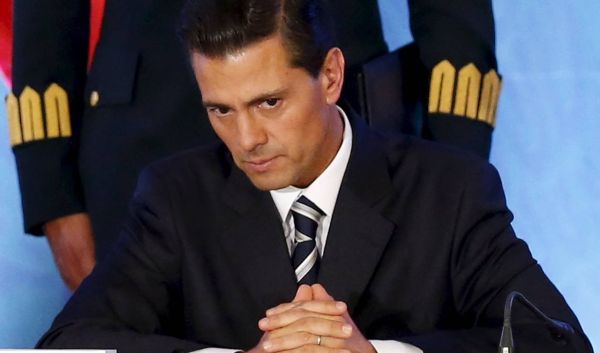Mexico City - Mexican President Enrique Peña Nieto last week unveiled a legislative proposal to create special economic zones in Mexico's poorer southern states, which have historically lagged behind the rest of the country in education and living standards.
"The time has come to explore new alternatives. It's time to change the development model for the south of the country," Mr. Peña Nieto said at an event last Tuesday.
While per capita gross domestic product has grown 47% in the industrialized northern and north-central regions of Mexico in the past three decades, in southern states per capita output has increased just 7%, according to the government.
The zones would include tax incentives for companies investing in the designated areas, trade facilities and duty-free customs benefits, as well as streamlining of regulatory processes. The zones would also see increased infrastructure investment, such as in energy and telecommunications.
The areas that the government plans to designate as special economic zones are the Isthmus of Tehuantepec, which joins the Gulf and Pacific coasts between Coatzacoalcos and Salina Cruz, and the Pacific ports of Puerto Chiapas and Lázaro Cárdenas. "What these three zones have in common is that despite their high productive potential and, no doubt, their obvious logistical advantages, these haven't been put to good use," Peña Nieto said.
Finance Minister Luis Videgaray told ruling party legislators recently that the administration hopes to see the legislation passed this year and to designate zones in 2016 with the first companies setting up in the areas in 2018.
The plan for special zones in Mexico was drawn up with the assistance of the World Bank, which sees such areas as a way to foment industrialization and attract foreign direct investment, creating jobs and generating export revenue.
Gerardo Corrochano, the World Bank's country director for Colombia and Mexico, Latin America and Caribbean, warned at Tuesday's event that special economic zones aren't a panacea in themselves, and not all have been successful. Key to success are the role of the private sector investors, and connecting the zones to the region, avoiding them becoming an enclave, according to Corrochano.
The five states that are expected to benefit from the first special economic zones in Mexico - Michoacán, Guerrero, Oaxaca, Chiapas and Veracruz - are among those with the highest levels of poverty in the country, according to a 2014 government study.
People in southern states have long been recipients of government poverty relief efforts, although those handout programs are the same for all, said Viridiana Rios, head of México ¿Cómo Vamos?, a think tank that keeps tabs on Mexico's economic, social and political performance. "But this is the first time there has been a different policy for a particular area." Ms. Ríos said the plan could be the best and last hope to develop the south. "They are trying to do something good. Now they need to implement it."
In a February report on special economic zones, the World Bank said experience in China showed a pitfall to avoid is an imbalance between industrial development and social amenities.
"While the special economic zones have achieved great economic success, many of them are somewhat lagging behind in providing the commensurate social and urban services, especially those located in remote areas or lagging regions," the bank said. "Such zones have problems attracting high quality investments and talents, and face great challenges in sustaining their growth or upgrading their industrial structures."
Original article


